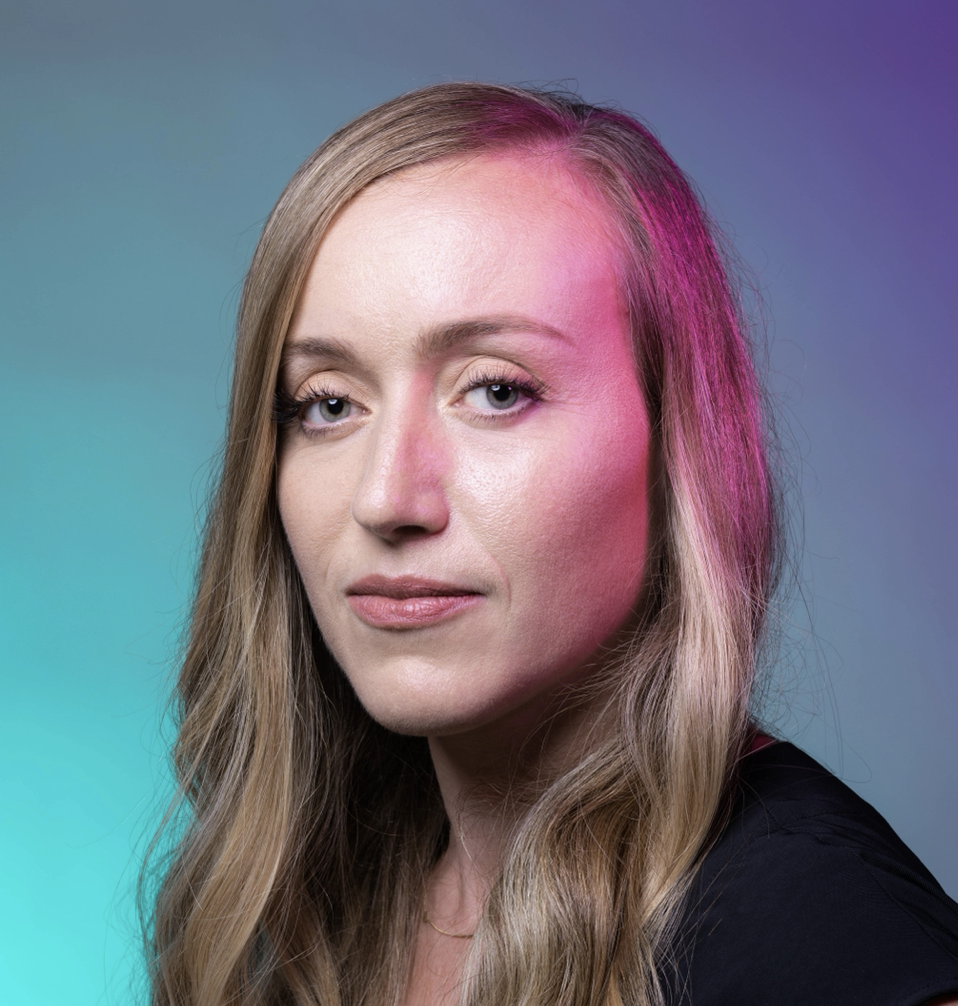
Member Profile: Chloe LeGendre
1. What do you do, and how long have you been doing it?
I am a research software engineer, working at the intersection of computer graphics and computer vision. I have been working in this domain since 2010, including completing my doctoral degree in Computer Science in 2019. My focus right now is in post-capture photograph editing using machine learning, where I specialize in all things having to do with good lighting. I am also the Posters Chair for the SIGGRAPH 2025 conference, which is a new thing that I am doing.
2. What was your first job?
My first job was as a sailing instructor at a summer camp for kids, when I was 15. But my first industry job was as a research scientist at Johnson & Johnson Consumer Products Company. I helped to design and manage clinical studies for skincare products, which included tracking skin conditions over multiple weeks or months using complex multimodal imaging systems, image analysis algorithms, and statistics.
3. Where did you complete your formal education?
I have a bachelor’s degree in Chemical and Biomolecular Engineering from The University of Pennsylvania (Philadelphia, PA), a master’s degree in Computer Science from Stevens Institute of Technology (Hoboken, NJ), and a doctoral degree in Computer Science from The University of Southern California (Los Angeles, CA), where I was a research assistant at USC’s Institute for Creative Technologies.
4. How did you first get involved with ACM SIGGRAPH?
I first attended SIGGRAPH 2013 while working for L’Oréal USA Research and Innovation as a senior research scientist in the company’s internal technology incubator. I came to the conference to identify new technologies that could help the cosmetics giant evolve for the digital era. I attended various technical paper sessions and production talks and knew that I wanted to build a research career in computer graphics.
5. What is your favorite memory of a SIGGRAPH conference?
My strongest recollection from that first SIGGRAPH 2013 conference was the remarkable presentation for the paper “Femto-Photography: Capturing and Visualizing the Propagation of Light” by Andreas Velten et al. I was able to see light transport slowed down enough to watch light propagate through a scene. It was hard for me even to believe this was possible, and it was like nothing I had ever experienced before.
6. Describe a project that you would like to share with the ACM SIGGRAPH community.
Since I am working now as an industry researcher, my current projects are still in stealth mode!
7. If you could have dinner with one living or non-living person, who would it be and why?
The artist and geographer Trevor Paglen is doing unique work to address the sociopolitical and cultural implications of modern technologies including computer vision, machine learning, AI, internet connectivity, and surveillance. He has tracked down and photographed the fiber optic cables at the bottom of the sea that form the physical backbone of the internet. He has launched a piece of artwork into space as a satellite. He shows people how computers see, creating new visual media based on computer vision algorithms. Some of his artwork is dangerous, as he’s visualizing what governments would prefer to be unseeable and unknowable. His artistic courageousness, aesthetic sensibilities, and critical thinking faculties render him as my top pick for a dinner companion.
8. What is something most people don’t know about you?
When finishing high school, I was deciding between pursuing a degree in art or a degree in engineering. I chose the engineering path at the time, because I enjoyed learning about math. It wasn’t until discovering the SIGGRAPH conference that I found out that these two pathways are not mutually exclusive and can converge.
9. From which single individual have you learned the most in your life? What did they teach you?
Both of my parents are tied for teaching me the most, and there’s no way I could possibly choose between them.
10. Is there someone in particular who has influenced your decision to work with ACM SIGGRAPH?
I was familiar with the work of my PhD supervisor Paul Debevec from the first few SIGGRAPH conferences that I attended, and his research influenced my decision to pursue graduate studies as well as to be involved in the SIGGRAPH community. I particularly liked the high quality research and production session presentations at SIGGRAPH with spectacular visuals and clear, concise communication.
11. What can you point to in your career as your proudest moment?
At the SIGGRAPH conference in 2016, I had the opportunity to present some my research work from USC ICT, “Practical Multispectral Lighting Reproduction” , to the broader research community. Preparing for and giving my first ever SIGGRAPH technical paper presentation was a bright career highlight for me.